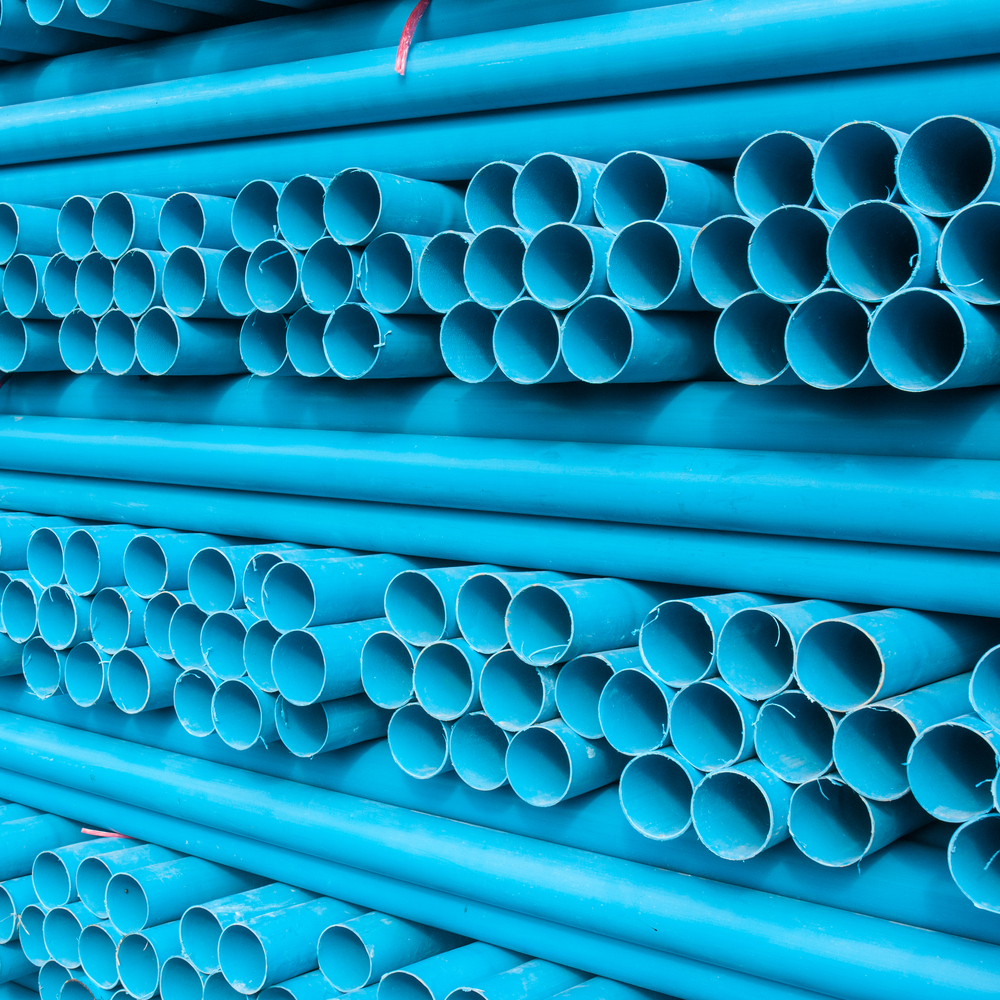
The Environmental Impact of Vinyl Chloride: Understanding its Negative Effects
After a train derailed in East Palestine, Ohio, just over a month ago, authorities conducted a controlled release of the toxic gas vinyl chloride into the atmosphere to prevent a massive explosion. There are now concerns about air, soil and water pollution due to the derailment.
The Environmental Protection Agency said about 20 rail cars were carrying hazardous materials when the train derailed. Although many officials said the area is safe, residents remain wary of possible toxins that may remain.
What is vinyl chloride?
Vinyl chloride is a colorless gas that burns easily and evaporates quickly. It does not occur naturally in the environment. Instead, it must be produced industrially, according to the National Cancer Institute.
Vinyl chloride is primarily used to make polyvinyl chloride or PVC. PVC is used to make a variety of plastic products, such as pipes, cables and packaging materials. It’s all around us, we just don’t usually see it. And PVC pipes are completely safe because does not add vinyl chloride to drinking water.
How vinyl chloride can poison the environment
Vinyl chloride isn’t meant to exist in the natural world in large quantities, but that doesn’t mean it’s stopped from reaching the environment completely.
Usually, vinyl chloride is only found in large quantities in and around the factories that make it. Once in the environment, it is broken down by sunlight over several days into other chemicals, such as formaldehyde. If vinyl chloride enters soil or surface water, most of it quickly evaporates into the air, according to the Ohio Department of Health.
However, this does not mean that the chemical is harmless – far from it. According to National Cancer Institutevinyl chloride is a carcinogen and “is associated with an increased risk of a rare form of liver cancer, as well as primary liver cancer, brain and lung cancer, lymphoma, and leukemia.”
Those most often exposed to vinyl chloride are workers who build vinyl products, making the risk to the wider population low. However, this changed with the train derailment in East Palestine, like other toxic chemicals — such as butyl acrylate, ethyl hexyl acrylate, and ethylene glycol monobutyl ether — were released into the atmosphere along with vinyl chloride.
The impact on the surrounding area is huge. Although it is not known how the health of residents has changed, and while the long-term effects will remain unknown, the environment in central Ohio and beyond has been greatly affected.
The East Palestine train derailed on February 3, 2023. Five days after the spill, over 3,500 fish had died in local waters. Although vinyl chloride has since dissipated from the waters, it is the likely culprit in the death of the fish.
It is also possible that vinyl chloride has seeped into the soil around East Palestine, which has the potential to poison wells in the area. Although state and national officials have emphasized that the water is safe to use, it is ultimately unclear what impacts the derailment of a train in East Palestine might have further down the line.
The Environmental Impact of Vinyl Chloride: Understanding its Negative Effects

